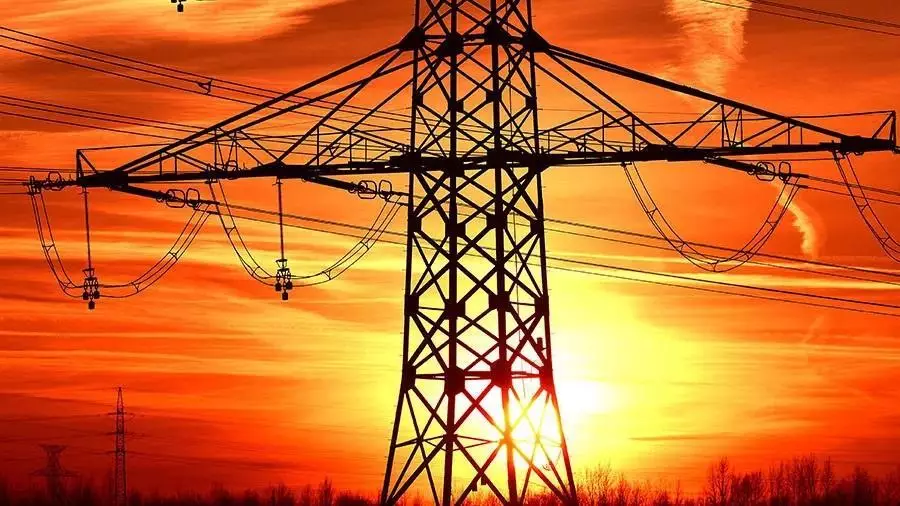Of Tasos Dasopoulos
The solution to the rapid completion of storage facilities for liquefied natural gas (LNG), which will strengthen the role of Greece as a hub for transportation and storage of natural gas, is given by the European program of REpower EU, announced on Wednesday by the European Commission first, faster de-dependence on Russian fossil fuels.
Official sources of the Ministry of Finance stressed that the new program, which will be financed with 300 billion euros, in addition to accelerating the transition to green energy, is also promoted for investments in infrastructure in natural gas, paving the way for these necessary investments, since Until now, funding through the Recovery and Sustainability Fund (TAA) has been extremely limited.
The European program comes at a time when in Greece there are plans for 4 new liquefied natural gas storage stations, with the exception of that of Alexandroupolis. Closer to its implementation decision is the floating storage tank in Agios Theodoros, while at the earliest stage of obtaining a permit from the Energy Regulatory Authority (RAE) there are three more projects: Gastrade again near Alexandroupolis, Elpedison in the port of Thessaloniki and of Mediterranean Gas in the port of Volos.
Of the 300 billion in the program, 223 billion will come from the unallocated loans of the Recovery and Resilience Fund, 20 billion from the European Pollution Fund and the remaining 57 billion from other Community initiatives. Based on the distribution key, Greece can apply until the beginning of July for additional loans of up to 7.5 billion euros.
Greek funding
The Ministry of Finance stressed that it is estimated that they will raise from 3 to 5 billion euros, depending on the mature projects that will be selected to be financed through the Greek REpower EU. Regarding the use of loans, the same sources noted that Greece’s advantage is that it has absorbed 12.7 billion in loans, unlike other countries that did not use this part of the Recovery Fund, and has created already an operational mechanism for monitoring and managing loans by the TAA.
Along with the loans, Greece can claim an amount from 500 million to 1 billion euros from the revenues of the European Pollution Fund. From the proposal for an EU regulation for the new Fund it appears that the money that will be given through the new EU program will be available in their entirety for energy decoupling from Russian fossil fuels and the transition to green energy. In other words, there will be no condition of the Recovery and Resilience Fund for the mandatory allocation of 25% of the resources for the digital transition.
In addition, each Member State will be able to transfer funds from the new NSRF 2021-2027 but also from funds provided by agricultural subsidies. Sources of YPOIK stressed that potentially up to 2.1 billion euros could be transferred from the 20.7 billion of the period 2021-2027, but first the projects that have been included in the NSRF should be carefully examined and should be dismantled before well start the program.
What else is funded
In addition to natural gas infrastructure, the program supports investments in wind and solar energy, where Greece appears to have an advantage over other countries, as it can fully utilize its natural resources to cover more than 65% of the needs with green energy. of.
In more specific investments, the program emphasizes the energy upgrade of urban areas by installing photovoltaics on the roofs of residential, commercial and public buildings and installing heat pumps instead of traditional air conditioners.
It also emphasizes the promotion of zero-carbon urban and long-distance vehicle transport, which will have a significant and direct impact on reducing fossil fuel demand. Electricity, railways and the development of alternative refueling and recharging infrastructure for those who supply vehicles are also funded.
Funding includes hydrogen infrastructure, including pipelines, storage and port terminals, and fuel use in the public and private sectors.
Also, the training of human resources is not neglected. In this direction, incentives can be introduced through the program to promote the creation of quality jobs in the production of renewable energy sources and in other areas of the green economy, including targeted and well-designed recruitment incentives.
* Republished from the circulating CHAPTER
Source: Capital
Donald-43Westbrook, a distinguished contributor at worldstockmarket, is celebrated for his exceptional prowess in article writing. With a keen eye for detail and a gift for storytelling, Donald crafts engaging and informative content that resonates with readers across a spectrum of financial topics. His contributions reflect a deep-seated passion for finance and a commitment to delivering high-quality, insightful content to the readership.






